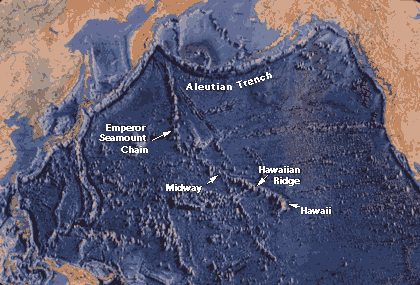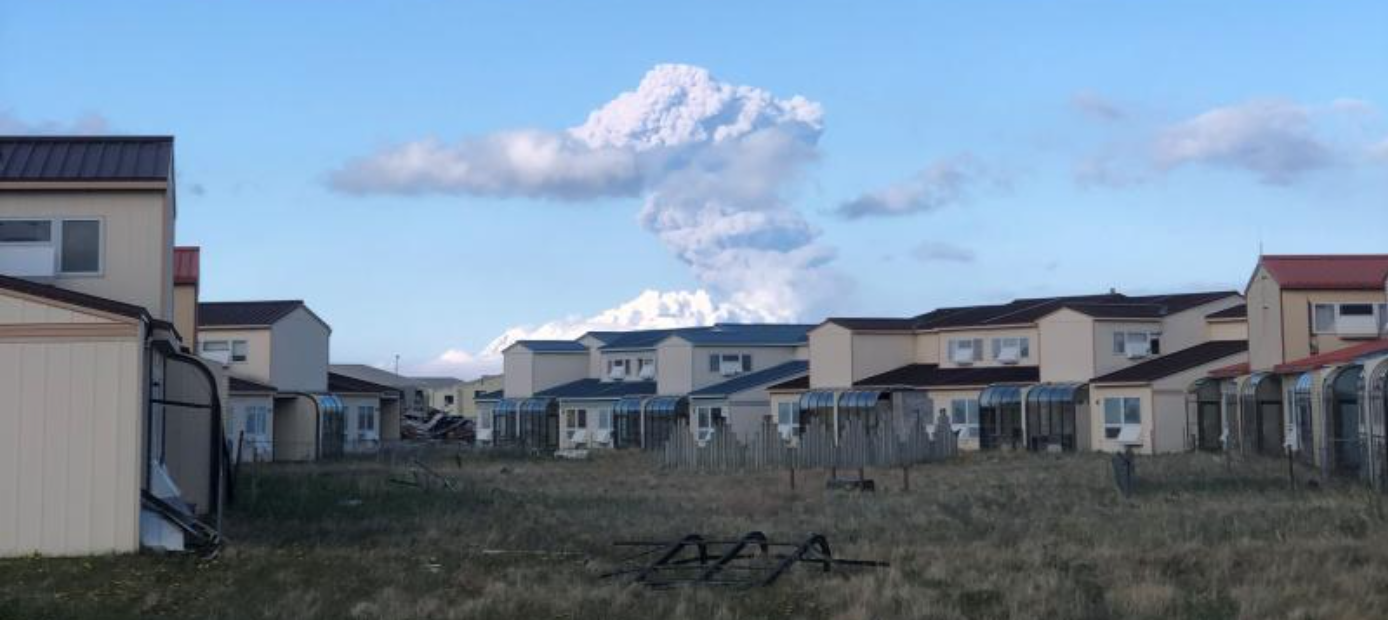Apropos of basically nothing, it’s time for a factoid-filled article about those mountains (well usually they’re mountains) that spew hot ash and lava: Volcanoes! That’s right, we’re just going to write a medium length essay about volcanoes without any connection whatsoever to current events. There aren’t any really noteworthy ongoing eruptions or major studies of volcanoes we know of that would serve as a bridge to run such a piece, but fuck it, we’re not going to let that stop us.
So getting to it, did you know that Kilauea in Hawaii and Mount St Helens in Washington State have about as much in common as a dolphin and a shark? They were formed and have erupted through the result of completely different geological processes but get lumped in together as volcanoes because of their superficial similarities. Kilauea is a shield volcano, formed via a hot spot – or a weak spot in Earth’s crust – where a concentrated plume of super hot lava melts through the bottom of the Pacific plate and breaches the surface. The Hawaiian Islands were all formed the same way, lava piling up and creating a land mass slowly over hundreds of millions of years before gradually eroding into the ocean. You can see the chain going all the way up to Siberia.

As the Pacific plate moves northward, pushed by the spreading of an oceanic ridge north of Antarctica, the hotspot in the mantle stays in the same place. If somehow the movement ceased, the Big Island of Hawaii would eventually grow to – well we have no fucking idea what would happen and the rest of the planet would have much bigger problems if plate tectonics stopped.
In the Cascades (and a lot of other places like Indonesia, Japan, the Aleutian Islands, the Andes, the Leeward Islands in the Caribbean, just to name a few), a completely different process powers the angry beast within those volcanoes. Just as the spreading of a ridge moves the Pacific plate above the Hawaiian hotspot, it pushes a smaller oceanic plate under the Northwest in what’s called subduction. As the seafloor Gorda and Juan De Fuca plates get subducted underneath the less dense North American plate, they take a shit ton of seawater with them. The friction of the rocks grinding together causes the water to boil and with nowhere to go, the vapor steadily becomes hot enough to melt the rock, which eventually causes bigger, uglier, and more destructive eruptions than the ones that happen in Hawaii. In some places the subduction occurs where one piece of oceanic crust gets pushed under another – the Aleutians, Indonesia – forming the islands from the stratovolcanoes growing from the seafloor above the subduction.
 Great Sitkin Volcano near the Aleutian Island of Adak erupting in May 2021, photo by Finn Spitler/Alaska Public Media
Great Sitkin Volcano near the Aleutian Island of Adak erupting in May 2021, photo by Finn Spitler/Alaska Public Media
These fuckers are also far more active than the ones in the Pacific Northwest. In continental Alaska and the Aleutian Islands, there have been at least 100 eruptions since 1900. It’s actually pretty hard to get a straight answer on that since so many have happened. Same with Indonesia. It’s like one big goddamned mess of volcanic activity. In the lower 48 meanwhile, a total of two have erupted since 1900: Lassen Peak in Northern California in 1915 through 1917 and Mount St Helens in 1980 and with interment activity afterward – most recently series of small eruptions from 2004 to 2008.
Anyway, subduction and hotspots are not the only two situations in which volcanism occurs. There are other means for volcanoes to form and erupt are much less easy to explain with any sort of brevity and our also outside of our admittedly simple understanding of the whole field of study, which is a shame because we’d really like to be able to tell you all the geological reasons why, for example, a volcano erupted near the Grand Canyon less than 1,000 years ago, or why other spots across the Western US that aren’t Yellowstone (also a hotspot, like Hawaii) or the Cascades have volcanoes that have erupted within the past 10,000 years. Colorado, Utah, New Mexico, Idaho, Nevada, Southern California – all of them have volcanoes which could erupt this century.
Well, let us know if we have to do some research and figure that shit out to follow up.